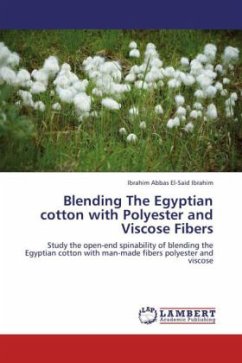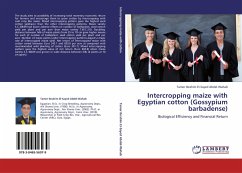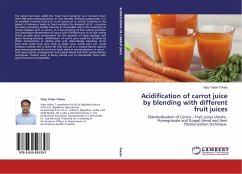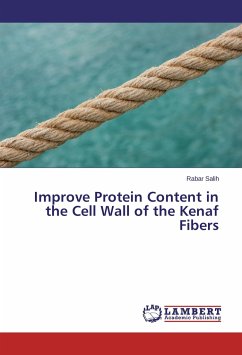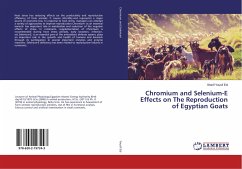Cotton fiber has excellent comfort properties due to hygienic reasons and to avoid the sensitivity of skin. But it has some disadvantages such as less of strength, elongation, crease and abrasion resistance and durability. The polyester fibers is well known most popular and consumption synthetic man-made fiber in the world wide due to its desired properties. It has high tenacity, elongation %, wrinkle and abrasion resistance. Besides, its softness, well drape, durability easy wears and not attacks by micro-organisms and insects. Viscose fibers have high moisture regain absorbency, comfortable and softness so it dyes easily, drapes well, biodegradable and not shrink when heated. In the industrial field, because of its thermal stability, a high modulus version is still the main product used in Europe to reinforce high speed tires. But viscose has shortage in strength and crease resistance due to low crystalline % in the fine structure. Recently, cotton, viscose and polyester could be blended to combine the advantages and composite the disadvantages of those fibers it's clear in this study book.

